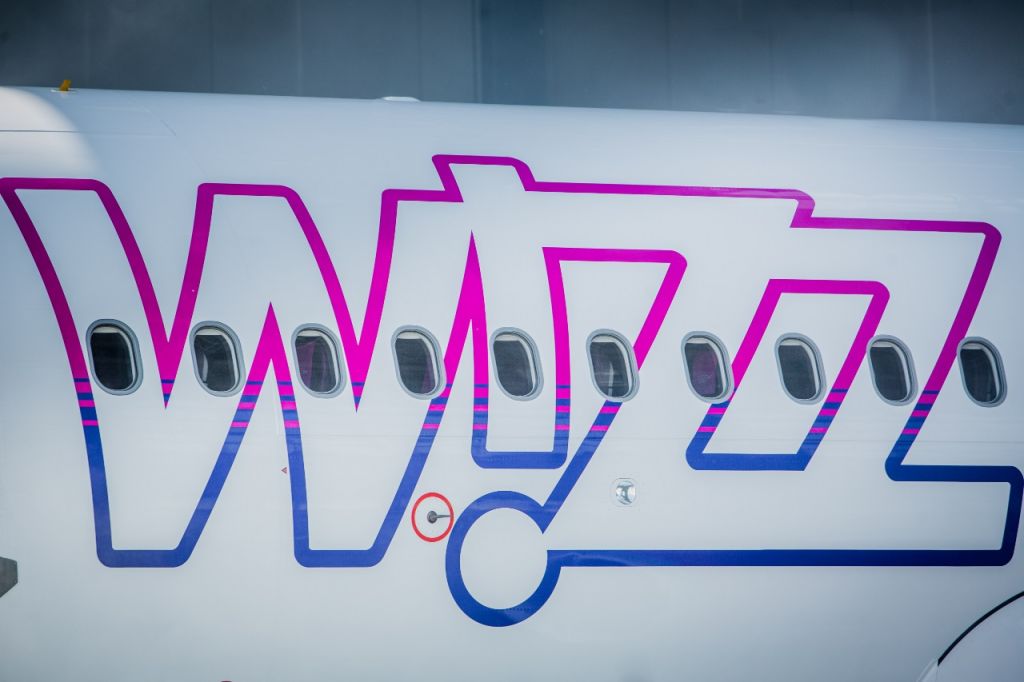In the world of air travel, 2023 marks a significant milestone for Wizz Air as it turns 20 years old. The story of this pan-European ultra low-cost carrier is one of remarkable growth, affordability, and standardization. Let’s dive into a brief history of Wizz Air.
From One Airline to Four
Founded in September 2003 by József Váradi, Wizz Air took its inaugural flight from Katowice International Airport (KTW) to London Luton Airport (LTN) on May 19, 2004. Váradi, with prior experience at the helm of the Hungarian flag carrier Malev, initially established Wizz Air as a Hungarian airline operating a fleet of Airbus A320 aircraft. However, the carrier’s footprint soon expanded far beyond Eastern Europe.
Over the next decade, Wizz Air consistently grew, carrying over 15 million passengers and welcoming its 50th Airbus A320 aircraft by its 10th anniversary. In February 2015, the airline was listed on the London Stock Exchange. Furthermore, Wizz Air broadened its operations by obtaining multiple Air Operator Certificates (AOCs). As of late 2023, these include Wizz Air Hungary (W6/WZZ), Wizz Air UK (W9/WUK), Wizz Air Abu Dhabi (5W/WAZ), and Wizz Air Malta (W4/WMT), with the Maltese AOC granted in September 2022.
Rapid Expansion in Challenging Times
Notably, Wizz Air distinguished itself during the COVID-19 pandemic by prospering and expanding. Its robust financial position allowed the airline to rapidly grow its fleet and network. Wizz Air introduced tools to assist passengers in navigating the complex landscape of COVID-related travel restrictions, including a dynamic travel restrictions map. Additionally, the airline seized opportunities in the global air freight sector, even though it had no prior cargo experience. Throughout, Wizz Air remained financially vigilant, keeping a keen eye on costs.
A Singular Fleet Focus
While fleet homogeneity is not unique to Wizz Air, the carrier serves as an excellent example of the benefits of operating a single aircraft type. From its inception, Wizz Air committed to being an Airbus operator. Although it started with the Airbus A320, the airline’s growth led to the inclusion of the Airbus A321, allowing for more seating capacity on various routes. More recently, Wizz Air placed an order for 75 A321neo jets in August 2023, affirming its dedication to becoming an A321neo-only operator. This shift has positively impacted the airline’s carbon footprint, aligning with Wizz Air’s goal to reduce emissions per passenger by a third by 2030.
How Wizz Air Differs
While European low-cost carriers may appear similar, subtle differences set them apart:
- Business Model: Wizz Air operates as an ‘Ultra’ Low Cost Carrier (ULCC), relying even more heavily on ancillary fees (baggage, meals, etc.) to generate revenue.
- Geography: Wizz Air primarily focuses on Eastern and Central Europe, connecting these regions with destinations across Europe and beyond. In contrast, other carriers like EasyJet have a broader network covering Western and Northern Europe.
- Secondary Airports: ULCCs, including Wizz Air, often prioritize smaller, secondary airports, offering a unique travel experience compared to traditional low-cost carriers.
Wizz Air Today
Today, Wizz Air stands as one of Europe’s premier low-cost carriers, with a vast network spanning over 40 countries and serving more than 160 destinations. Whether you’re a leisure traveler or a business flyer, Wizz Air continues to be a popular choice for affordable and accessible air travel.




